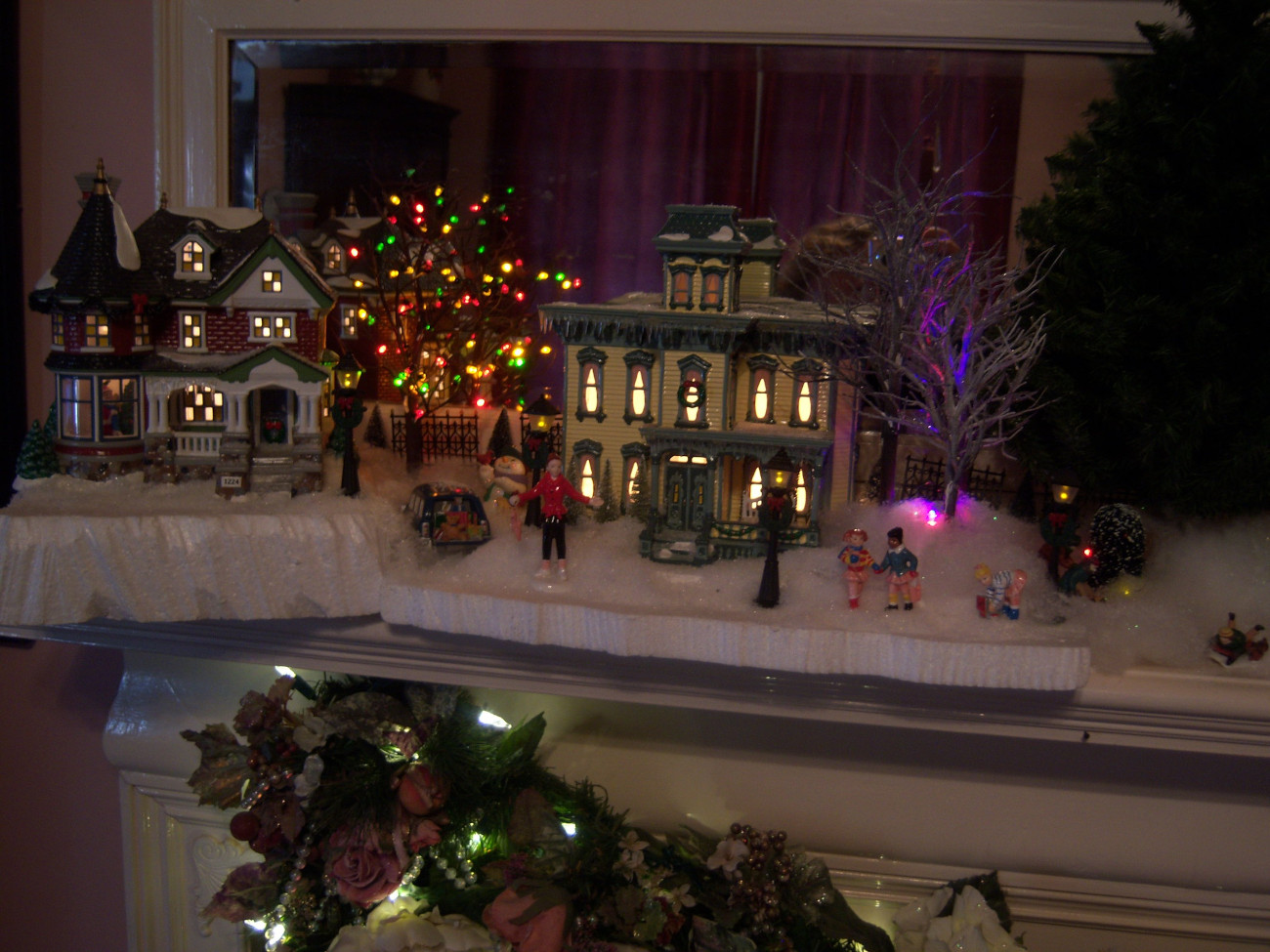From Paper To Porcelain How The Christmas Village Came To Be A Classic Decoration
Wreaths on the doors, ornament-coated trees dressing the interior, and stockings hanging underneath a holly-adorned mantel — these are just some of the decorative images of Christmas that really exude the essence of the holiday season. Yet, there’s also something else — the Christmas village illuminating solitarily on a counter or grouped as a metropolis in the windowsill against the dark December nights. Looking at a Christmas village will either leave you full of nostalgic memories or leave you scratching your head. What is the Christmas village, and how did it come to be?

You might think this is a phenomenon of the 20th century, a century that picked up the Victorian torch and further commodified the holiday of Christmas, but this decorative tradition goes back to the 18th century.
A sect of Protestantism, the Moravians, were recorded to have made seasonal dioramas, full of animals, and other daily life. This was an intricate setup, beyond the usual nativity displays. At the time, the story of Noah’s Arc was also told around Christmastime, connecting the idea that the arc, like Christ, saved everyone who entered and was told in tangent to the birth of Christ. For these scenes, animals weren’t enough, and village buildings and small shop structures were added.

Originally, these small villages were made of paper or wood and adorned the bottom area around the Christmas tree. When Morivinas moved from Europe to US areas like New England, Pennsylvania, and the Carolinas, they brought their Christmas putz tradition (putz comes from the German word putzen which means to clean or decorate).

The love for Christmas villages expanded beyond this niche community in the late 19th century when publications wrote articles about how to make your own villages. Gone were the multitude of animals and in were the variety of buildings and houses. Mass marketing of these products really took off with Woolworths, who stocked their shelves with imported Christmas village houses from Germany.

When WWI began and importing from the European continent wasn’t possible, companies like Woolworths partnered with Japanese manufacturers to create inventory. With a new supply chain came a completely new Christmas village. These pre-WWII villages were made of ceramic with cellophane windows and had an opening in the back to insert a light into them. This electric illumination increased the decoration’s popularity.
WWII and the following decades of the 50s and 60s were silent times for the Christmas village, and the decorative items got a resurgence in the mid-1970s.

Bachmans’s retail floral business, inspired by the holiday lights adorning their Minnesota town, created six ceramic snow village buildings, called the Snowy Village Collection. The release was an instant hit, so Bachman established the sub-company Department 56 which would manufacture Christmas villages. While there are other manufacturers, America’s increased infatuation was steadily fed by Department 56, which annually released new series. Value and exclusivity were increased with limited releases and regular discontinuation of certain models.
So what made these a steadfast Christmas staple? Despite the obvious cheery and illuminating qualities of the ceramic pieces, the customization part of making a Christmas Village has no little limitations, you’re in control of the layout, the scenery, and the setup. Christmas villages are like playing with dollhouses but with merry lights and Christmas-themed everything. It’s an escape for not just the adults, but for children to partake in decorating. From paper to enduring ceramic, and then porcelain, these decorations have made the move to stay in the hearts and minds during the Christmas season. The Christmas Village is a way to have that cheery town feeling literally in the palm of your hand.













